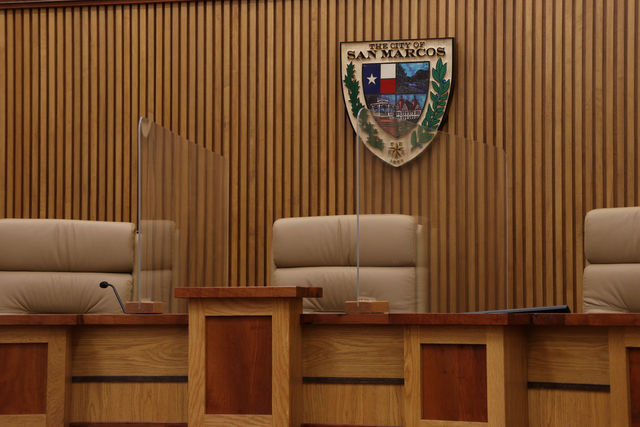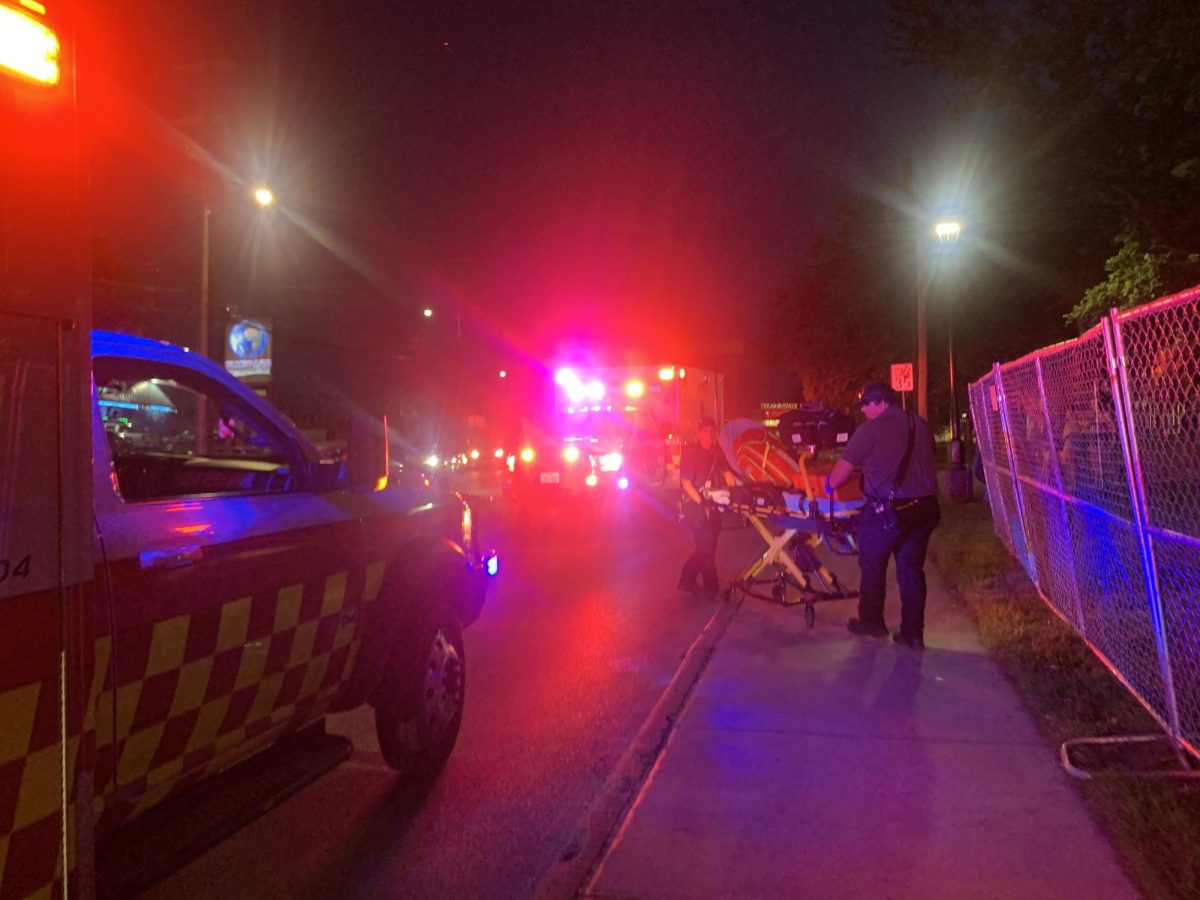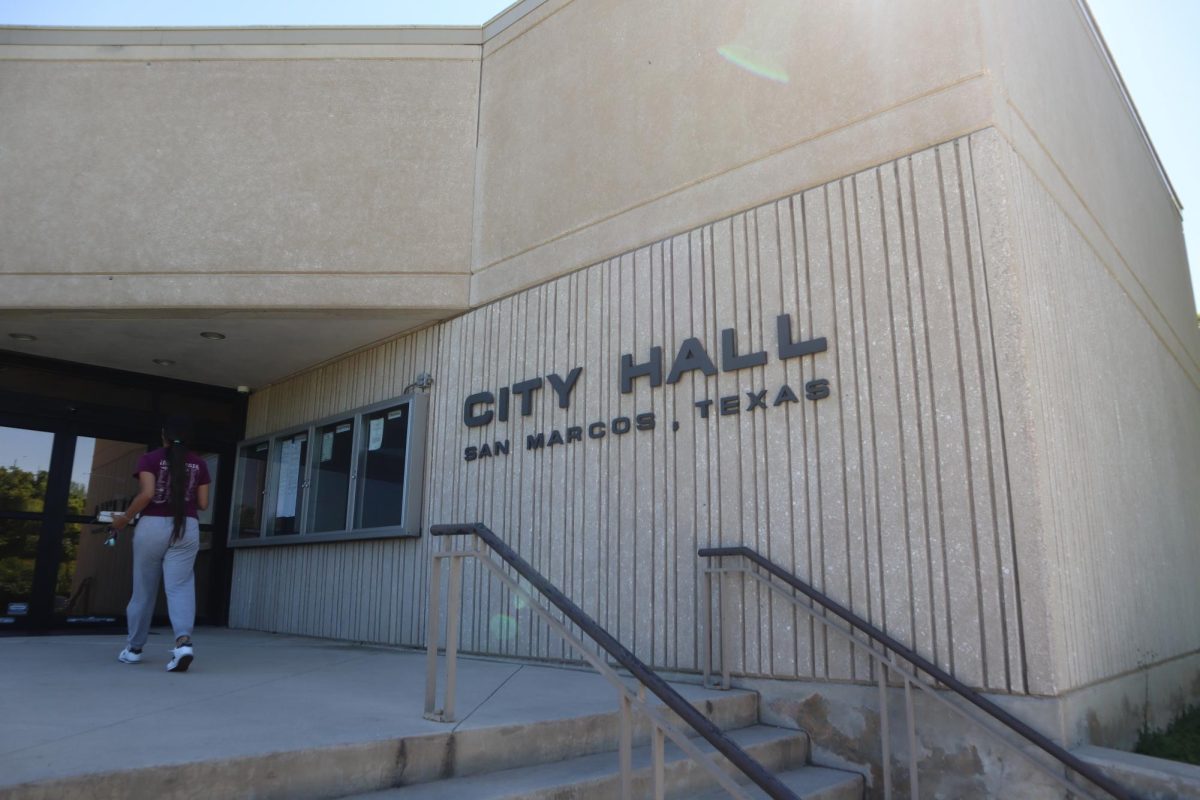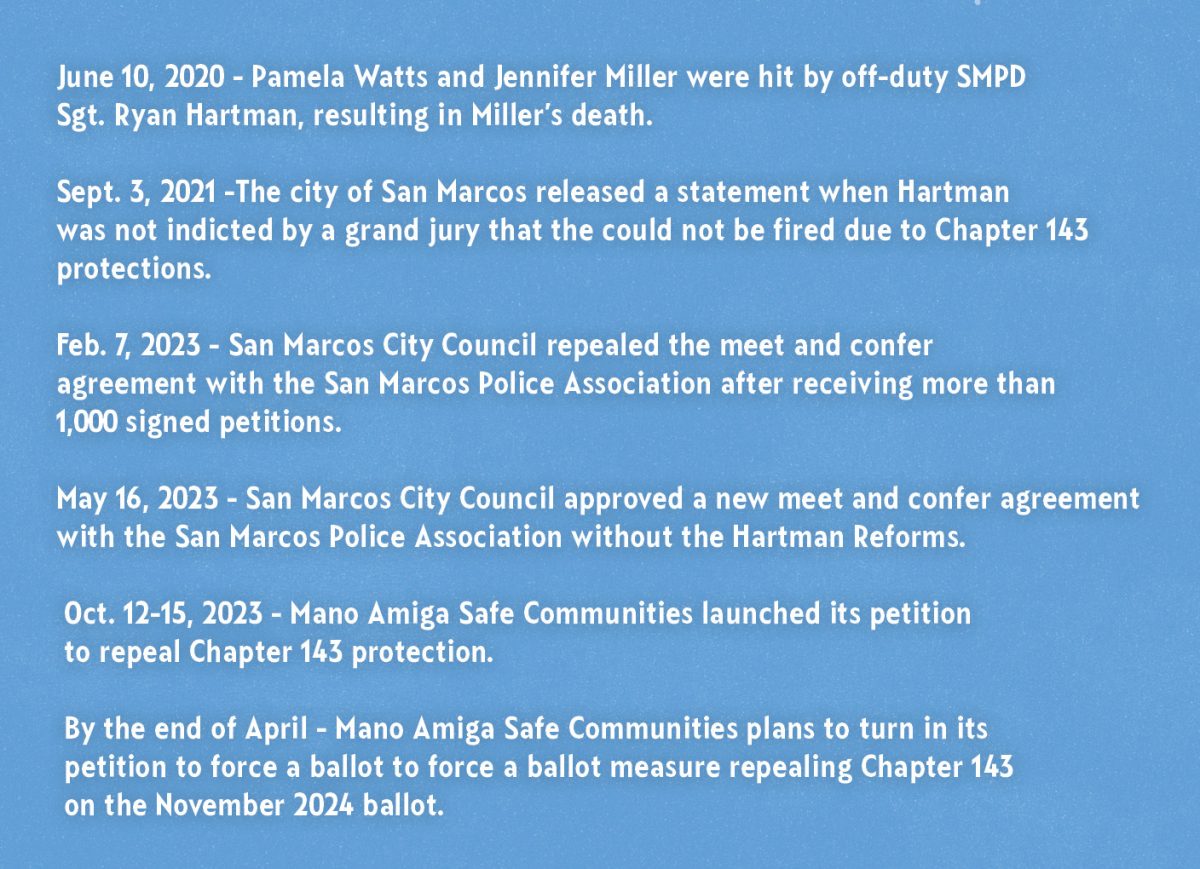Many residents are concerned the cleanliness of the spring-fed San Marcos river will be put at risk with the recent permit proposed by the Texas Commission of Environmental Quality.
The proposal of a new Sewage Treatment Plant being built in Caldwell County would discharge up to 160,000 gallons of treated sewage water per day into Dickerson Creek before running into the San Marcos River.
The sewage treatment plant would be processing the municipal and industrial wastewater of the massive master-planned community of Cherryville. The proposed permit will uphold a minimal standard to discharged water quality, allowing for high levels of ammonia nitrogen and no testing required for phosphorus or total nitrogen levels.
According to the Wimberley Watershed, the sewage water will eventually clog the San Marcos River with algae and threaten the drinking water supply for the Fentress community, which draws its water from municipal wells located along the river.
Communications Director for the Wimberly Watershed Association Thomas Waymouth said the discharge of treated sewage water of this magnitude and quality standard will negatively impact the river and its endangered species.
“Basically, (the proposal) would add more phosphorus and nitrogen to the water which causes algae bloom, which then impacts all the different species in the river,” Waymouth said. “There are a lot of different levels of effluent, so most of these permits aren’t for the highest level because it is too expensive to treat. If you treat it to the highest level it’s better, but it really affects the sensitive species like salamander and fish that aren’t used to these nutrients and chemicals being in the water. Since it is city water, pharmaceuticals and all the things we dump down our drain will be present as well.”
Lucas Murray, kayak guide at Olympic Kayaking on the San Marcos River, thinks treated sewage water fed into the first tertiary section of the river would seriously damage the water quality and ecosystem.
“The seven endangered species would not be able to survive in an ecosystem they are already barely maintaining,” Murray said. “I think it would make the river dirtier and would hurt the tubing and kayaking outfitters downriver. The water builds most of the community here in San Marcos and I know a lot of people, including locals, that take pride in how clean we keep our river.”
Situated on a 1,200-acre plot at the intersection of Highway 80 the 130 Toll Road, Cherryville will have a population of around 25,000 people and become one of the largest developments in the Austin area. The city will include more than 4,000 residential lots, elementary through high school education, a hospital, industrial area, town center and much more.
During a meeting held July 16 to discuss Cherryville’s permit request, residents and environmental advocates complained the water treatment requirements for the new community were too relaxed. Citizens called for Cherryville to maintain the same water treatment standards of San Marcos and other nearby cities. These standards are more than twice as rigorous on regulating the number of solids per liter allowed in treated water.
When commenting on how the treated sewage water may affect the waterways it gets discharged into, TCEQ Media Relations representative Marty Otero assures all of the permits issued are site-specific and designed to protect existing uses of bodies of water.
“TCEQ wastewater discharge permits include site-specific effluent limitations to protect water quality and ensure compliance with the Texas Surface Water Quality Standards found in 30 Texas Administrative Code Chapter 307 and other applicable TCEQ rules and regulations concerning wastewater treatment and water quality requirements,” Otero said. “In addition, treated domestic wastewater must comply with all requirements of the permit designed to protect water quality and protect all existing and potential uses of the receiving water bodies such as recreation, public water supply, and aquatic life uses.”
According to TCEQ, the company is currently reviewing each of the public statements collected during the comment period of the permit proposal. Following the review, a response to the comments will be prepared and distributed to those who commented or are on the interested parties mailing list who will then have 30 days to request a reconsideration or a contested case hearing on the permit application.
If any of the hearing requests are granted by the commissioners, the application will be referred to the State Office of Administrative Hearings for a contested case hearing. Until this process is complete, the permit approval will be pending.
Those concerned can leave a comment with the TCEQ online by entering permit #WQ0015738001.















